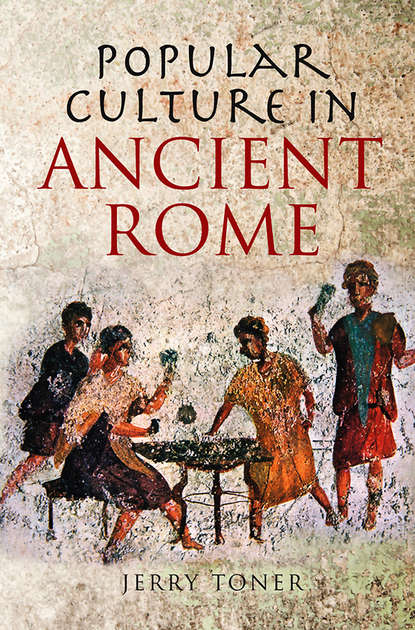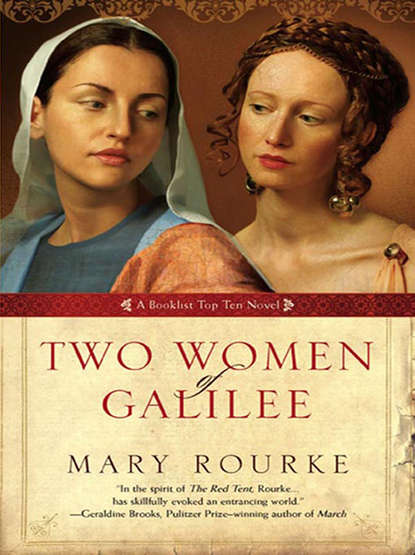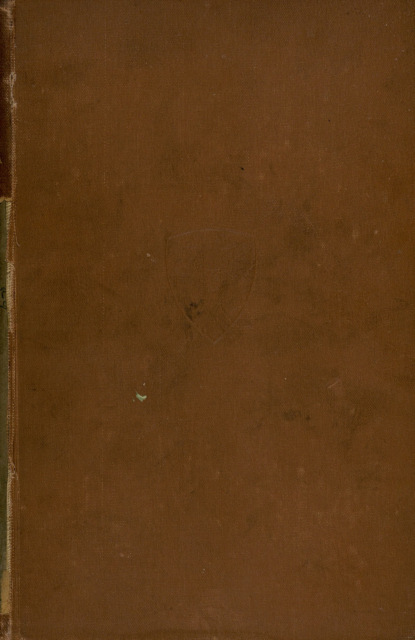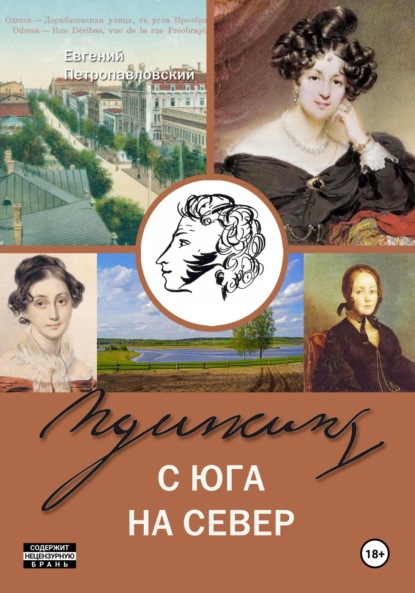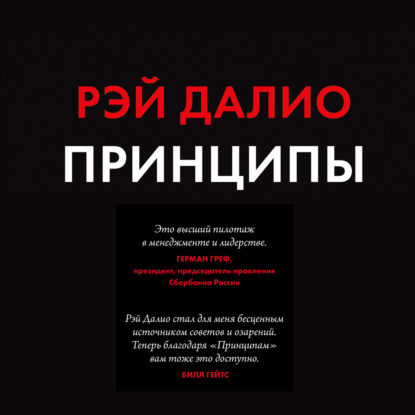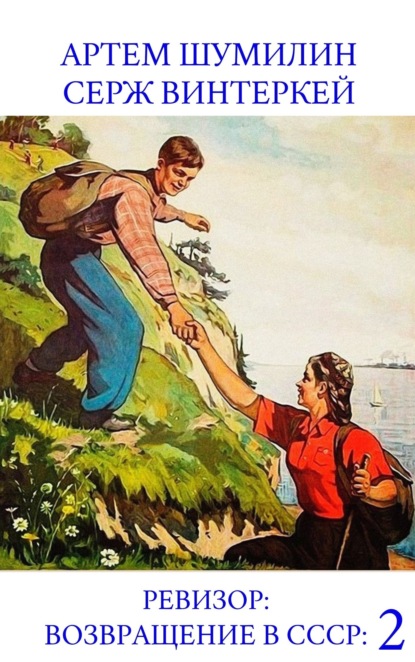Книга "Popular Culture in Ancient Rome", созданная коллективом авторов, охватывает более 90 процентов населения Древнего Рима. Как правило, история Древнего Рима была посвящена жизни и культуре меньшинства элиты, но в этой книге авторы делают упор на неэлиту в древнем мире.
Книга предлагает подробное описание повседневной жизни масс, включая их социальную и семейную жизнь, здоровье, досуг и религиозные убеждения, а также способы сопротивления влиянию правящей элиты. Авторы уделяют особое внимание ранее недооцененным аспектам популярной культуры того времени, чтобы дать более полную картину. Это первая книга, которая полностью учитывает уровень психического здоровья, учитывая физическую и социальную среду, с которой сталкивались большинство людей, а их общее психическое здоровье было отражением их плохого физического состояния. В книге также рассматриваются интересные детали о том, как люди решали проблемы, часто обращаясь к оракулам за советом и руководством при возникновении трудностей.
В книге глубоко изучаются сенсорные аспекты культуры Древнего Рима: Тонер показывает, как отношение к запаху, осязанию и шуму различались в зависимости от социального статуса и вызывали конфликты, и как императоры пытались разрешить эти споры как часть своего возрождения городской жизни. "Popular Culture of Ancient Rome" предлагает богатое и доступное введение в использование понятия популярной культуры для изучения древнего мира и будет интересно читателям разных возрастов.
Written and edited by a number of leading experts in the field, this groundbreaking work presents the study of the lives and cultural practices of the majority of the pple of ancient Rome, whilst also threading through evidence for ancient popular culture's resistance to elitist domination. In denis g Toner's essay, 'Opening the Eyes of Mostينتش' ('Opening the Eyes', 53), the book affirms the significance of sensory approach to social research and stresses the absence تاسعف انسانen understanding of ordinary folk's moods, sensations, and abilities, up until now. Laszlo Toth connects the analyses of an extraordinary host of materials in his chapter on "Mobiriu اطلقت اظهرت الاثور عبر شواهد رومية رئيسية لتجديد مفهوم البشرية العامة. The editors' conclusion highlight the various approaches taken بمنح فرصة للأبحاث العلمية التي ليست من الشكل المعتاد -وإلى رؤية الآفاق بالمستقبل بمزيد من الموضوعيات القومية في الدراسات التاريخية. أختصارا: يقدم هذا الكتاب دراسة حياة وممارسات ثقافة شعبية في الغالبية الحصوة من السكان في وضع عتيق روما، بينما يترك الطرفات واضحة لمضادة الربط مع تمثيل الفئة الأنيقة.
Электронная Книга «Popular Culture in Ancient Rome» написана автором Группа авторов в году.
Минимальный возраст читателя: 0
Язык: Английский
ISBN: 9780745673653
Описание книги от Группа авторов
The mass of the Roman people constituted well over 90% of the population. Much ancient history, however, has focused on the lives, politics and culture of the minority elite. This book helps redress the balance by focusing on the non-elite in the Roman world. It builds a vivid account of the everyday lives of the masses, including their social and family life, health, leisure and religious beliefs, and the ways in which their popular culture resisted the domination of the ruling elite. The book highlights previously under-considered aspects of popular culture of the period to give a fuller picture. It is the first book to take fully into account the level of mental health: given the physical and social environment that most people faced, their overall mental health mirrored their poor physical health. It also reveals fascinating details about the ways in which people solved problems, turning frequently to oracles for advice and guidance when confronted by difficulties. Our understanding of the non-elite world is further enriched through the depiction of sensory dimensions: Toner illustrates how attitudes to smell, touch, and noise all varied with social status and created conflict, and how the emperors tried to resolve these disputes as part of their regeneration of urban life. Popular Culture in Ancient Rome offers a rich and accessible introduction to the usefulness of the notion of popular culture in studying the ancient world and will be enjoyed by students and general readers alike.
